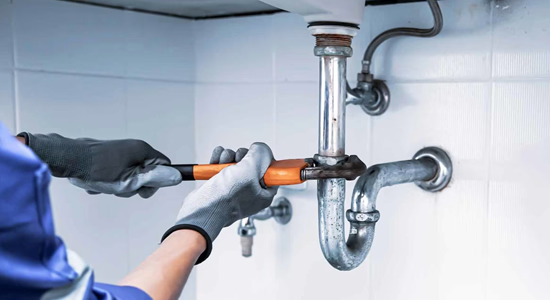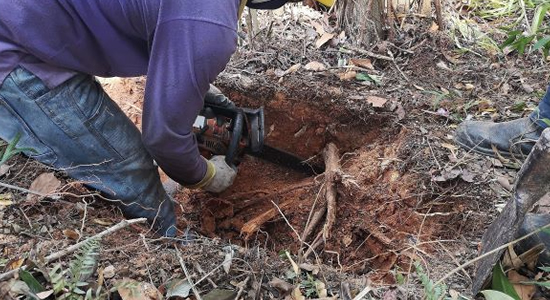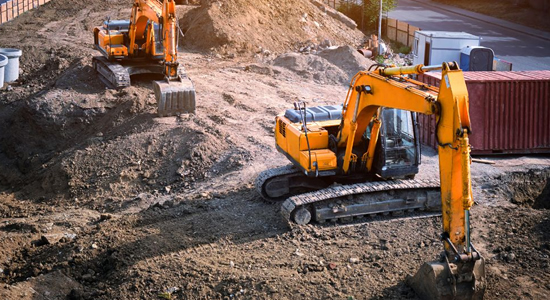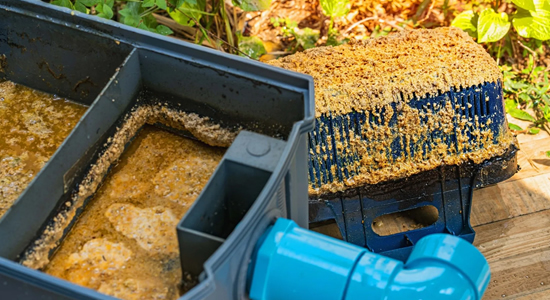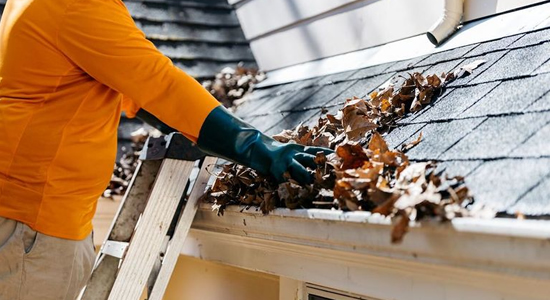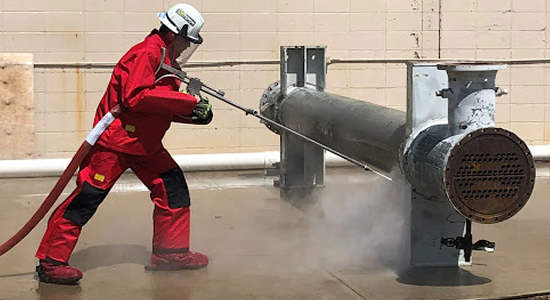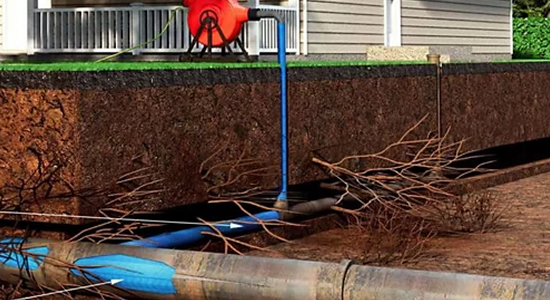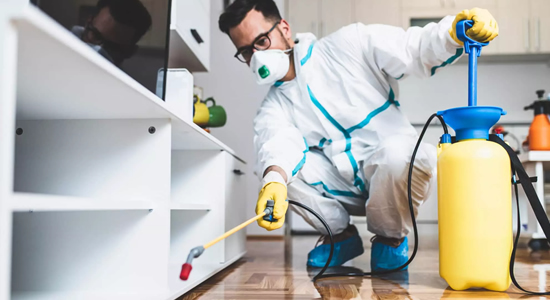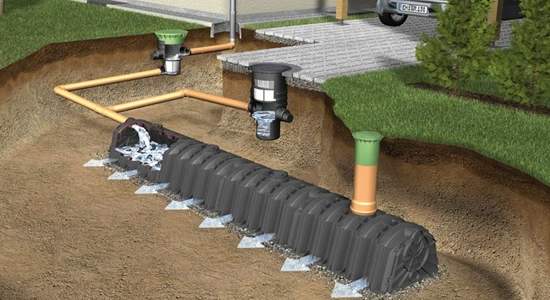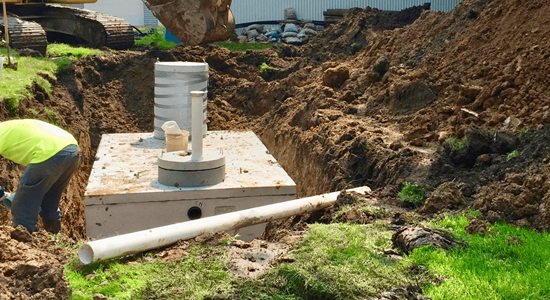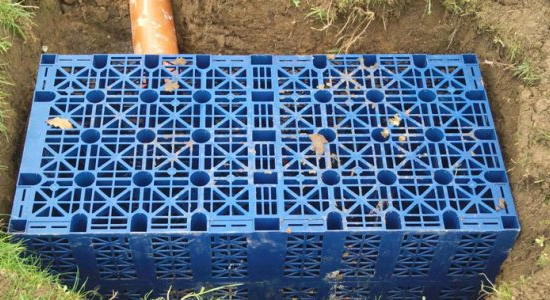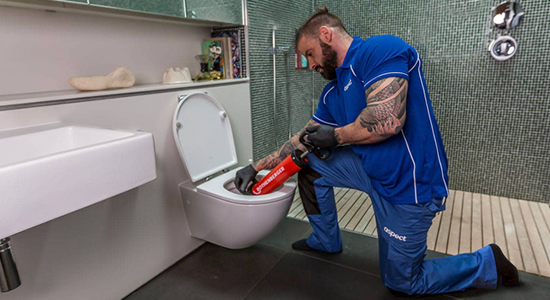
CCTV drain surveys involve the use of small, high-tech cameras that are inserted into drainage systems to inspect their condition. These cameras provide a detailed view of the interior of pipes and drains, allowing for the identification of blockages, cracks, or structural defects without the need for disruptive excavation.
The footage is recorded and analysed by QRD where we can then can pinpoint the exact location of issues such as tree root intrusion, debris build-up, or pipe misalignment. This non-invasive method helps property owners, businesses, and municipal authorities assess drainage health, plan repairs, and prevent potential flooding or sewage problems.












